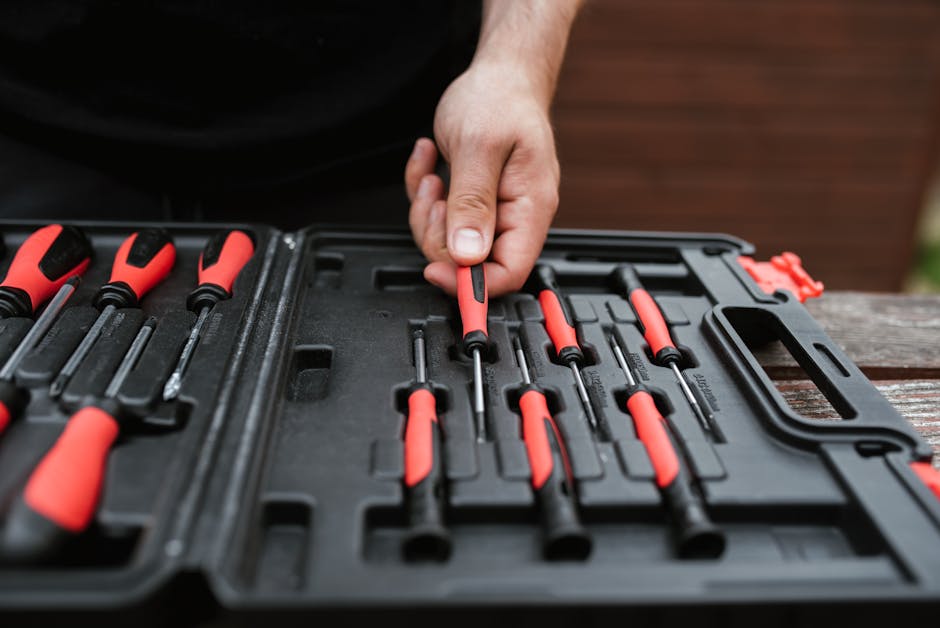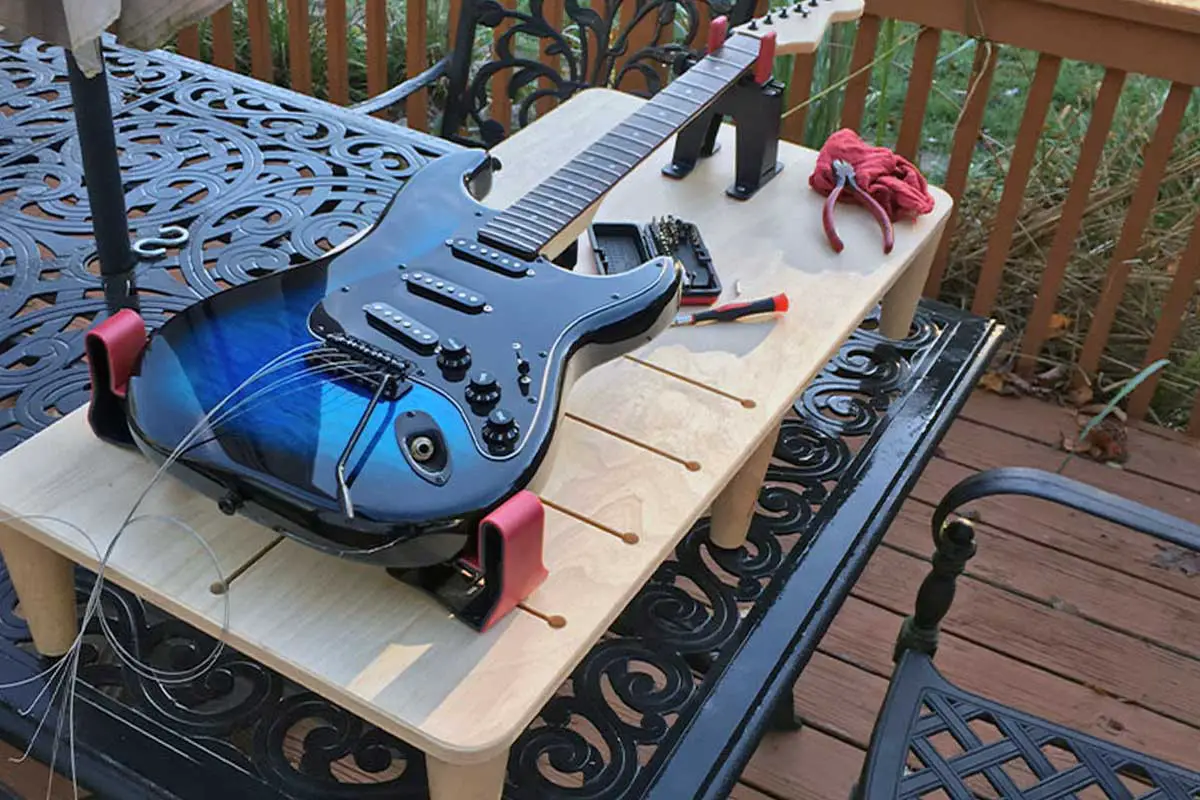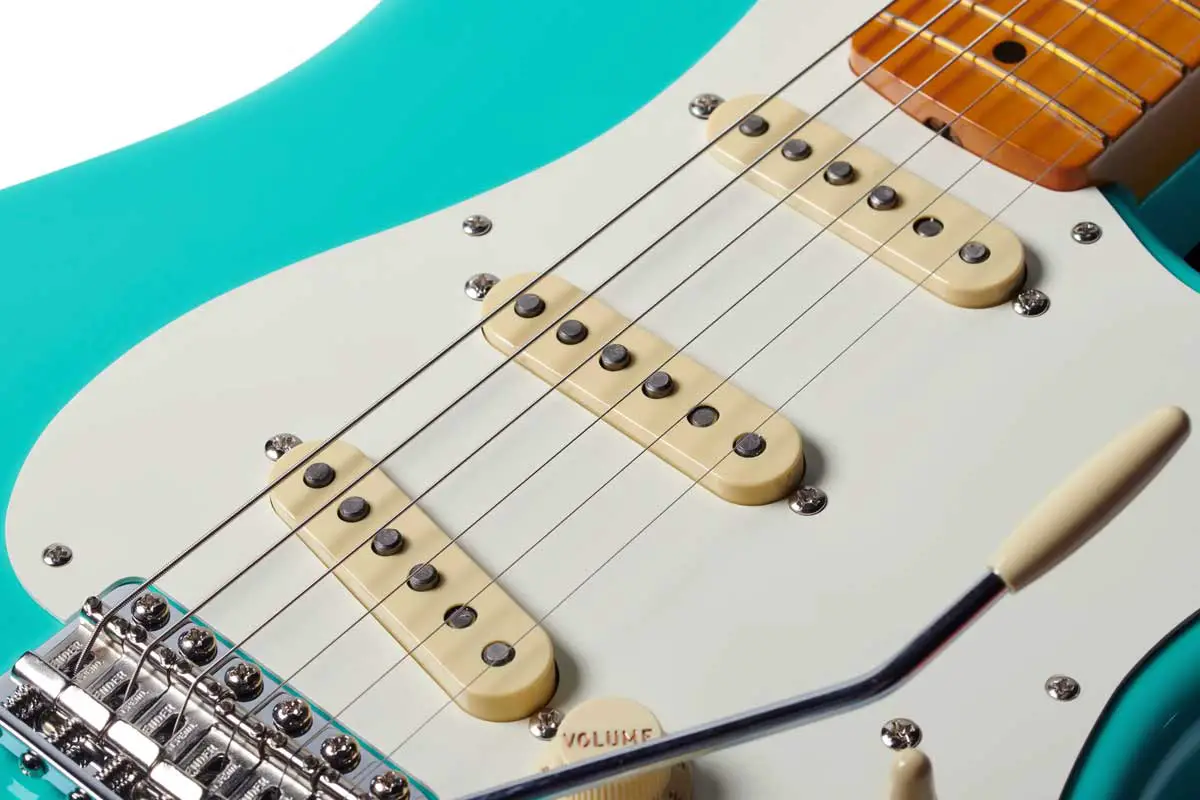Are you tired of your guitar feeling like a temperamental diva who refuses to play nice? Do you find yourself wrestling with wonky strings and stubborn frets, longing for a harmonious relationship with your instrument? Fear not, fellow guitarist, for the key to unlocking the full potential of your beloved six-stringed companion lies in the mysterious world of custom setups. Prepare to embark on a musical journey of transformation as we dive into the intricate art of tweaking and tuning, guaranteed to have your guitar singing sweetly and strumming smoothly in no time. Let’s unravel the secrets of custom setups and bring harmony back to your musical life!
Contents
- 1 Understanding Custom Guitar Setups: The Basics
- 2 The Impact of Action Adjustment on Playability
- 3 Nut Replacement and Its Influence on Tone
- 4 Fret Leveling: Ensuring Smooth Playability Across the Neck
- 5 The Role of Pickup Configuration in Sound Customization
- 6 Exploring Bridge Adjustments and Their Effects on Intonation
- 7 The Significance of String Gauge Choice in Custom Setups
- 8 FAQs
- 9 Rock On!
Understanding Custom Guitar Setups: The Basics
So you’ve decided to venture into the world of custom guitar setups – welcome to the wild ride! Before you dive headfirst into the nitty gritty details, let’s cover some basics to get you started on the right tune.
First things first, every guitar setup involves several key components that need to be adjusted to ensure optimal playability and sound. These include the action, intonation, neck relief, and pickup height. Don’t worry if these terms sound like gibberish right now – we’ll break it down for you in a language even a tone-deaf cat could understand.
The action refers to the height of the strings above the fretboard. A lower action makes it easier to play but can cause buzzing, while a higher action allows for clearer notes but requires more finger strength. Intonation involves adjusting the length of the strings to ensure they are in tune across the entire fretboard. Neck relief refers to the curvature of the neck, which can affect playability and tone. Finally, pickup height determines the output and tone of your guitar – too close and you’ll sound like a screeching cat, too far and you’ll sound like a whimpering puppy.
Now that you have a basic understanding of the components of a custom guitar setup, it’s time to take the plunge and start tinkering with your guitar. Don’t be afraid to experiment and find what works best for you – after all, music is all about self-expression and creativity. And remember, even if you botch your custom setup, just blame it on the ghost of Jimi Hendrix haunting your guitar – it’s a foolproof excuse! Action Adjustment on Playability”>
Action Adjustment on Playability”>
The Impact of Action Adjustment on Playability
Adjusting your actions can have a major impact on how playable a game is. Whether you’re adjusting the difficulty level, controls, or the overall gameplay mechanics, making the right adjustments can make the difference between a frustrating experience and a fun one.
One way that action adjustment can affect playability is by allowing players to customize their gaming experience. By giving players the option to adjust things like the game speed, control sensitivity, or even the color scheme, you can cater to different preferences and skill levels. This customization can make the game more accessible to a wider audience, ensuring that everyone can find a setting that works for them.
Another key aspect of action adjustment is balancing the game’s difficulty. By tweaking things like enemy AI behavior, player health, or level design, you can create a gameplay experience that is challenging without being frustratingly difficult. Finding the right balance can keep players engaged and motivated to keep playing, rather than feeling like they’ve hit a brick wall.
Ultimately, comes down to one thing: keeping players happy. By giving players the tools to tailor their gaming experience to their liking, you can create a more enjoyable and rewarding experience for everyone involved. So next time you’re designing a game, don’t forget about the importance of action adjustment!

Nut Replacement and Its Influence on Tone
When it comes to changing out your nut on your guitar, the impact it can have on your tone is like going from a $5 bottle of wine to a $50 bottle. It’s a game-changer. Just like how swapping out the engine in your car can make it go from 0 to 60 in 3 seconds, a nut replacement can take your guitar from “meh” to “oh yeah!”
So, what exactly does replacing your nut do? Well, let me break it down for you:
- Improves sustain: A well-fitted nut can increase the sustain of your notes, making them ring out longer and fuller.
- Enhances clarity: A good nut replacement can help to eliminate any buzzing or dead spots on the fretboard, giving your notes a clear and defined sound.
- Boosts overall tone: By providing better resonance and vibration transfer, a new nut can elevate the overall tone of your guitar to new heights.
So, if you’re looking to take your playing to the next level, consider swapping out that old, worn-out nut for a shiny new one. Trust me, your guitar will thank you for it.

Fret Leveling: Ensuring Smooth Playability Across the Neck
So you’ve got your favorite guitar in your hands, ready to rock out. But wait, what’s that? Uneven frets making it impossible to play smoothly across the neck? Fear not, dear guitarist, for fret leveling is here to save the day!
With fret leveling, you can say goodbye to those pesky buzzing notes and high action that’s causing your fingers to cramp up. Picture this: a perfectly level fretboard where each note rings out clear and true, allowing your fingers to glide effortlessly from fret to fret like a skier on fresh powder.
By gently sanding down any high spots on the frets and reshaping them to a uniform height, your guitar tech can work wonders in ensuring optimal playability. No more fretting about your frets – pun intended!
So next time you’re feeling frustrated with your instrument’s playability, remember that fret leveling is the key to unlocking smooth sailing across the entire neck. Your fingers will thank you, your audience will thank you, and most importantly, your guitar will thank you. Rock on!

The Role of Pickup Configuration in Sound Customization
When it comes to sound customization, the pickup configuration of your guitar plays a crucial role. Choosing the right pickups can make all the difference in the world – from tone and volume to sustain and clarity.
There are several different pickup configurations to choose from, each offering its own unique sound. Here are a few popular options:
- Single-Coil Pickups: Known for their bright and crisp sound, single-coil pickups are perfect for genres like blues and country.
- Double-Coil Pickups (Humbuckers): Humbuckers offer a thicker, warmer sound that’s ideal for rock and metal.
- Combination Pickups: Some guitars come with a mix of single-coil and humbucker pickups, giving you the best of both worlds.
Experimenting with different pickup configurations is like trying on different outfits – you never know which one will make you feel like a rockstar until you try it out. So go ahead, mix and match, and find the perfect sound that matches your personal style!
Exploring Bridge Adjustments and Their Effects on Intonation
So, you’re finally ready to delve into the fascinating world of bridge adjustments and their impact on intonation. Strap in, folks, because we’re about to go on a wild ride through the highs and lows (literally) of adjusting your bridge.
First things first, let’s talk about the basics. The bridge of your instrument is like the control center for your intonation. It’s the gatekeeper that determines whether you sound like a musical genius or a tone-deaf amateur. By making tweaks to your bridge, you can fine-tune your intonation to achieve harmonious perfection.
Now, onto the fun stuff – the effects of bridge adjustments on intonation. When you raise the bridge, you’re basically telling your strings to reach for the stars. This can result in sharper notes and a brighter tone. On the flip side, lowering the bridge can bring your intonation back down to earth, creating a warmer, mellower sound.
So, there you have it, folks. Bridge adjustments are like the secret sauce to unlocking your instrument’s full potential. Experiment with different heights and angles, and you might just discover a whole new world of sound waiting to be explored. Happy tweaking!
The Significance of String Gauge Choice in Custom Setups
When it comes to custom guitar setups, the choice of string gauge is no laughing matter (OK, maybe a little). But seriously, it can make all the difference in how your guitar performs and sounds. Here are a few reasons why string gauge choice is so important:
**Tension Tension Baby**: String gauge directly affects the tension on your guitar’s neck. Lighter gauges will exert less force, making it easier to bend notes and play fast. Heavier gauges will have more tension, giving you a meatier tone and better sustain.
**Slippery When Wet**: The size of your strings can also impact your playing comfort. Thicker strings are harder to bend, while thinner strings are easier to play. It’s like trying to grip a greased pig with boxing gloves on.
**Tone Zone**: Lastly, string gauge can significantly affect the overall tone of your guitar. Lighter strings tend to sound brighter and have more treble, while heavier strings produce a richer, fuller sound with more bass. It’s like choosing between a delicate flute solo or a roaring tuba concerto.
FAQs
Why would I need a custom guitar setup?
Oh honey, your guitar may have been through some stuff. It’s time to give it some love and attention, like a spa day but for your strings. A custom setup can eliminate buzzing, improve playability, and make your guitar sound like a rockstar.
What does a custom guitar setup involve?
Think of it like a makeover for your guitar. We’re talking adjusting the neck, setting the string height, tweaking the intonation, and maybe even changing the pickups. It’s all about making your guitar feel and sound its best.
How often should I get a custom guitar setup?
Just like you need a haircut every now and then, your guitar needs regular maintenance too. If you play often, aim for a setup at least once a year. But hey, if your strings are feeling funky sooner than that, treat your guitar to some TLC.
Can I do a custom setup myself?
Whoa there, cowboy. While some folks may try to DIY a setup, it’s best to leave it to the pros. Unless you’re a guitar wizard, it’s easy to mess things up and make your guitar sound like a dying cat. Trust us, leave it to the experts.
How much does a custom guitar setup cost?
Well, that all depends on where you go and what your guitar needs. It can range from a modest sum to a pretty penny. But hey, think of it as an investment in your musical happiness. Plus, you deserve to have your guitar feeling and sounding amazing.
Rock On!
And there you have it, all you need to know about custom guitar setups. So go forth, ye shredders and strummers, and transform your trusty six-string into a musical masterpiece. Whether you’re looking to fine-tune your fretwork or soup up your sound, a custom setup is the way to go. Just remember, a well-set-up guitar is a happy guitar. So get out there, tune up, and rock on!



